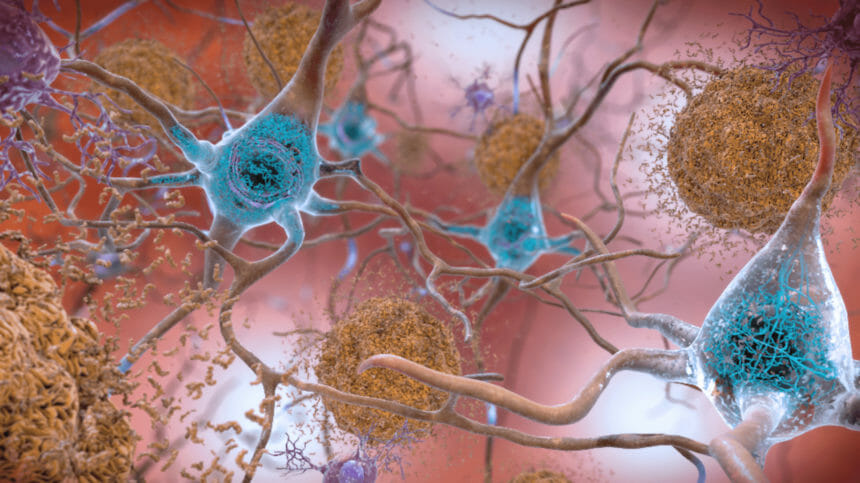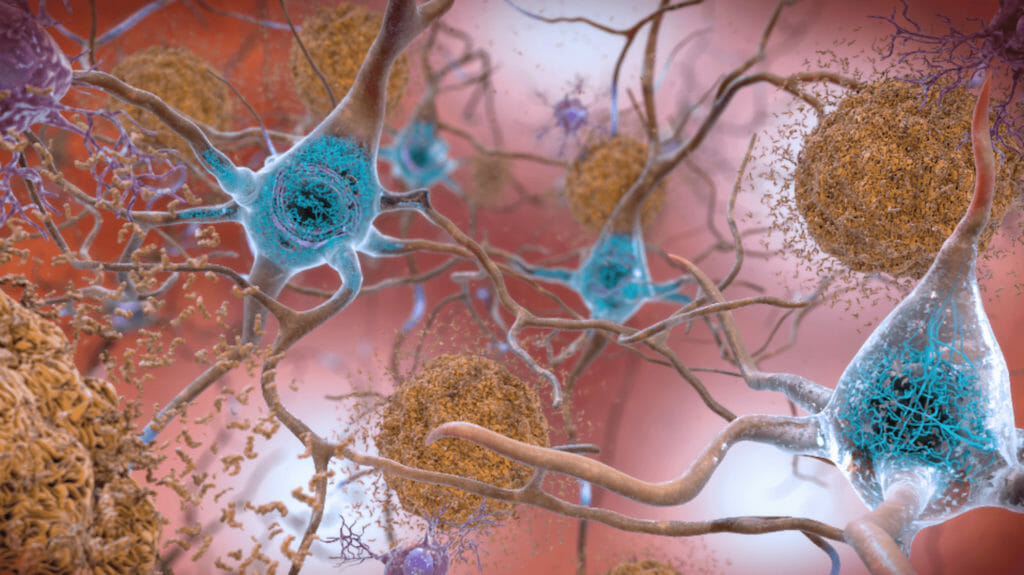

Positron emissions tomography, or PET, scans currently are considered the most effective technology for identifying signs of Alzheimer’s in the brain.
As new treatment options for Alzheimer’s come into play, there is an increased need for PET scans to measure their effectiveness.
The Centers for Medicare & Medicaid Services is now recommending expanding coverage for PET scans by lifting the current single-test limit and letting Medicare contractors make coverage decisions, Axios reported last week.
PET scans work can measure the buildup of abnormal amyloid proteins in the brain or the amount of glucose in the brain. The latter indicates how the brain is using energy.
One new drug showing promise for treating early onset of Alzheimer’s is Leqembi, which the US Food and Drug Administration approved earlier this month. Just before the FDA granted approval, CMS had outlined Medicare coverage details for the drug.
In addition to monitoring how Leqembi or similar drugs are working, a PET scan is necessary to determine whether a person is eligible for the treatment option.
Results from Leqembi’s clinical trial showed it slowed clinical decline by 27%, although there was a surprisingly large difference between results for men and women, a 43% versus 12% gap. Leqembi’s manufacturer, Eisai, said those gendered results were not statistically significant.
Beyond PET scans, Medicare coverage for people living with Alzheimer’s includes inpatient hospital care and certain drugs, as well as 100 days of skilled nursing home care under “limited circumstances,” according to the Alzheimer’s Association.
In addition, recent research shows that blood tests could become an alternative to PET scans for identifying and diagnosing early stage Alzheimer’s, the McKnight’s Clinical Daily has reported.


